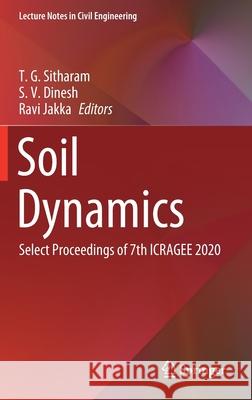Soil Dynamics: Select Proceedings of 7th Icragee 2020 » książka
topmenu
Soil Dynamics: Select Proceedings of 7th Icragee 2020
ISBN-13: 9789813340008 / Angielski / Twarda / 2021 / 425 str.
Soil Dynamics: Select Proceedings of 7th Icragee 2020
ISBN-13: 9789813340008 / Angielski / Twarda / 2021 / 425 str.
cena 603,81
(netto: 575,06 VAT: 5%)
Najniższa cena z 30 dni: 578,30
(netto: 575,06 VAT: 5%)
Najniższa cena z 30 dni: 578,30
Termin realizacji zamówienia:
ok. 22 dni roboczych
Dostawa w 2026 r.
ok. 22 dni roboczych
Dostawa w 2026 r.
Darmowa dostawa!
Kategorie:
Kategorie BISAC:
Wydawca:
Springer
Seria wydawnicza:
Język:
Angielski
ISBN-13:
9789813340008
Rok wydania:
2021
Wydanie:
2021
Numer serii:
000798671
Ilość stron:
425
Waga:
0.78 kg
Wymiary:
23.39 x 15.6 x 2.54
Oprawa:
Twarda
Wolumenów:
01
Dodatkowe informacje:
Wydanie ilustrowane











